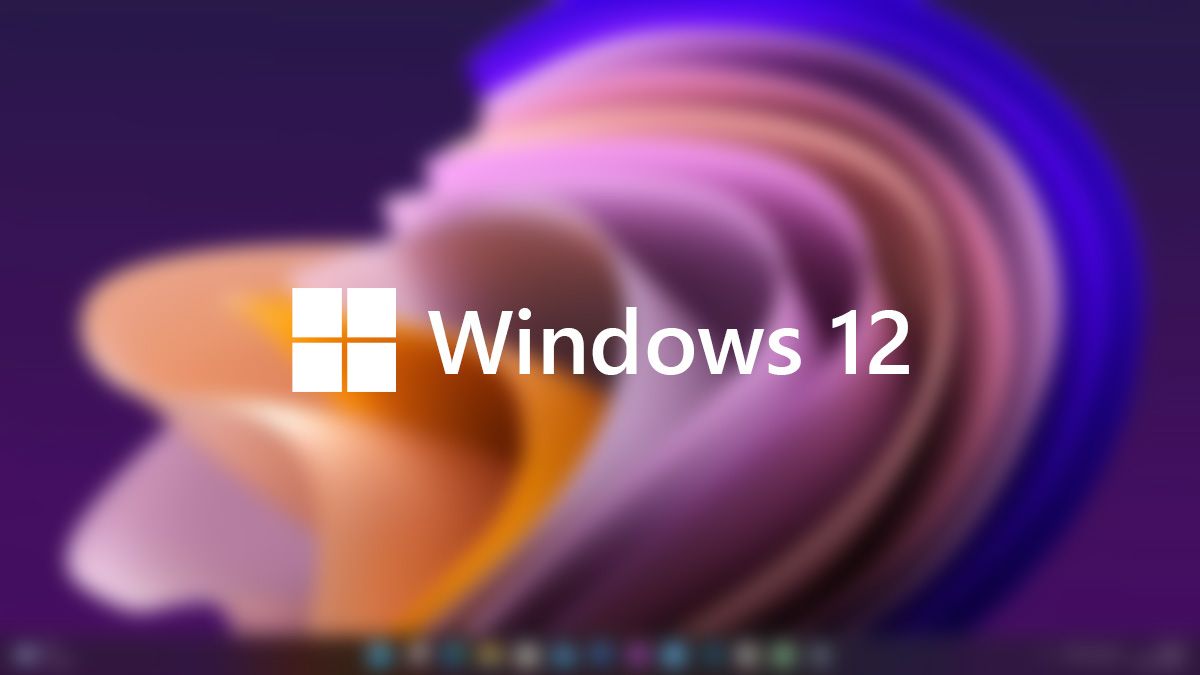All About Windows 12
Currently, The Next Version Of Windows Is Under Construction, And Although It Does Not Have A Name Yet, Many People Refer To It As Windows 12 And As The Successor To Windows 11.
There are many rumors about what the next version of Windows will include, and in this article, we have compiled everything we know so far for you.
Remember that we still don’t know how Microsoft plans to market the next major version of Windows. We don’t know if it will be called Windows 12 or come as an update to Windows 11. Maybe this is Windows version 11.1 or something more abstract like Windows Aurora. Also, we don’t know the exact release time of this Windows.
Release and availability
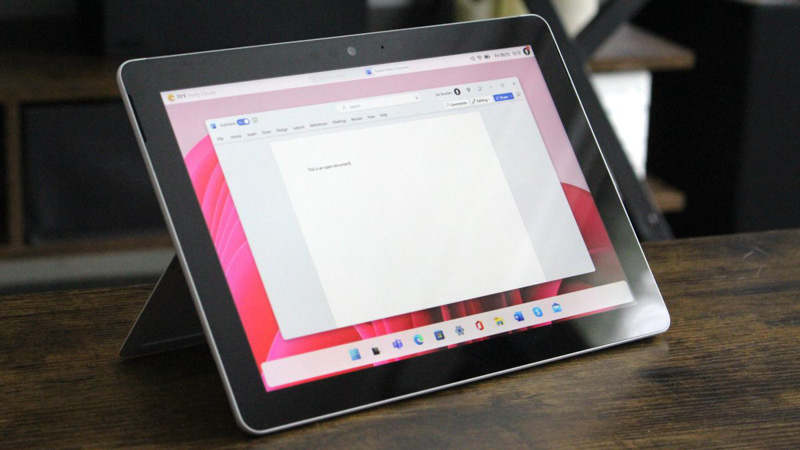
The next major version of Windows is expected to be released in the second half of 2024, three years after the first version of Windows 11. This is because Microsoft is returning to the three-year development cycle of major versions of the Windows platform and plans to update the built-in version with new features every few months.
Microsoft already does this with Windows 11 through an update. A new update is released to the public every few months with a handful of new features and quality updates. Windows 11 has already had two such updates in 2023, with the most recent update being shipped in June of this year.
Microsoft plans to do the same when it launches Windows 12 and will continue to deliver new features and quality updates for three years until Windows 13 launches in 2027, sources familiar with the matter say.
Required hardware
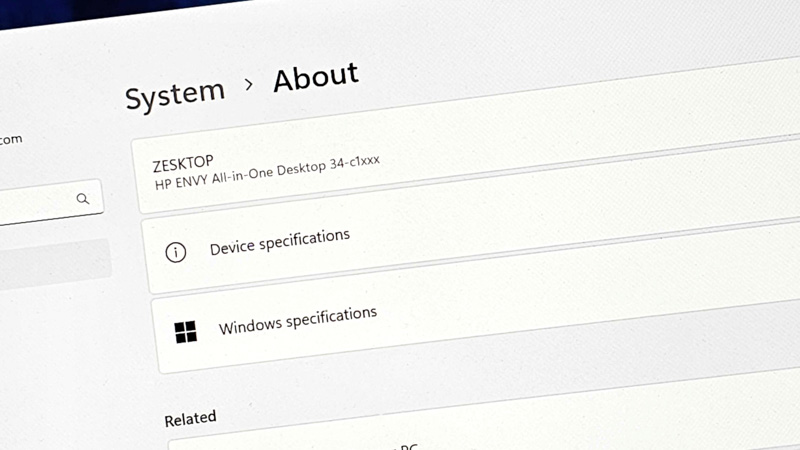
We still don’t know what the system requirements of Windows 12 will be. When Windows 11 launched, Microsoft significantly upgraded the system requirements, which resulted in most existing Windows 10 computers being upgraded to Windows 11.
System Requirements Windows 11 requires a computer that uses 8th generation Intel or AMD Ryzen 2000 series and higher processors. Also, this Windows requires TPM and at least 4 GB of RAM. One report claims that Microsoft may increase the RAM requirement from 4GB to 8GB with Windows 12.
In the new Windows, we may see some features (mostly AI-based) limited to newer PCs with NPU or GPU GPUs to handle on-device AI processing, as the next version of Windows is said to be heavily focused on AI capabilities and not all PCs will be able to perform this function without dedicated hardware.
User interface and new features
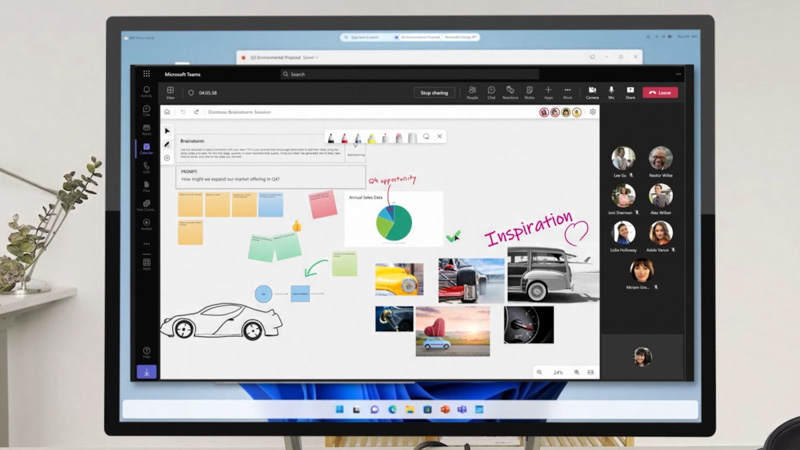
As is often the case with a new version of Windows, Microsoft is expected to introduce an updated desktop interface with the release of Windows 12. Last year, during Microsoft’s Ignite 2022 keynote, the company showed off a never-before-seen new user interface, and sources say it’s a prototype of the user interface that will come with Windows 12.
The user interface of this Windows has been moved to the top of the screen, with system buttons such as the system tray, search bar, and weather icon, and only pinned and running programs in a dock-like bar at the bottom of the screen, very different from Windows 11. We will have it.
It is unclear if this new user interface will be available only for touch and 2-in-1 devices or if it will be applied to all Windows 12 PCs.
Other UI updates and features include a new, more touch-optimized lock and login screen, a new notification center that can group notifications by person and app, and the ability to pin widgets directly to them.
There are also plans to introduce a new dynamic wallpaper feature that uses artificial intelligence to create 2D wallpapers. When you hover over the image, or if your device is a tablet or 2D, it creates a shallow depth of field effect.
Microsoft has already said that the next version of Windows will focus on artificial intelligence experiences, and we’ve already seen some early functionality in this area in Windows 11. So far, Windows 11 has supported fake intelligence camera and microphone effects enabled by a dedicated Neural Processing Unit (NPU).
Windows 12 operators are expected to expand, including Windows’ ability to analyze on-screen content and provide text prompts to quickly launch projects or programs based on the information it sees. Windows may also recognize objects and text in images and allow the user to cut and paste those items elsewhere easily. Some AI features require dedicated hardware to function.
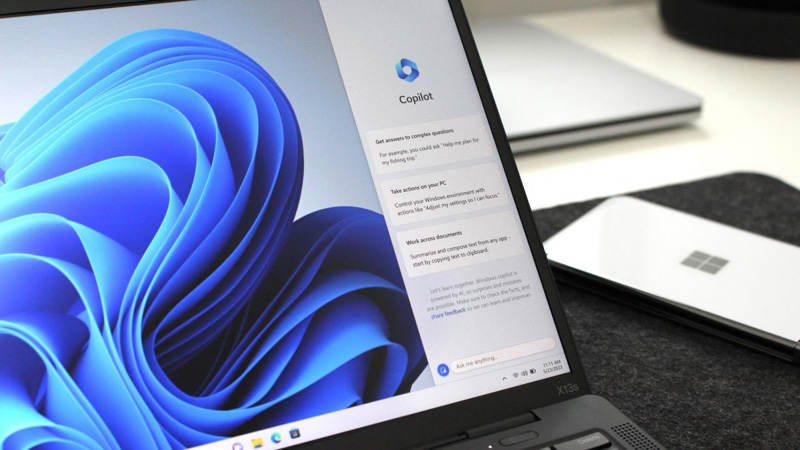
Microsoft is also bringing AI Copilot to Windows 11, which uses cloud computing to process a large language model that can answer complex questions and queries, analyze on-screen content and provide useful information.
Microsoft is also working on a major platform update that will likely come alongside the Windows desktop. The effort is called Windows CorePC, the successor to the Windows Core operating system, a modern platform on which Windows 10X was based.
CorePC is similar to Core OS, except that it focuses on maintaining support for legacy win32 applications in versions where they may be needed.
It still has all the same platform goals as Windows 10X.
On paper, CorePC is the true Windows vNext, as it’s the first time they’ve made meaningful changes to the operating system as a platform, designed to update the operating system and allow it to compete with modern rivals like Android and iPadOS. CorePC is expected to arrive in 2024 on new PCs preloaded with it.
Likely, this new version of Windows will not be available as an upgrade for computers running earlier Windows because the changes to this platform are so different that it is impossible to imagine.
